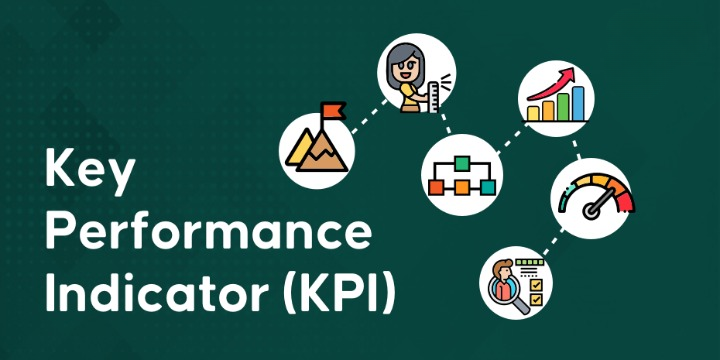Even though organizations spend millions of dollars on the similar initiatives, still too often they struggle to achieve the desired outcomes. While there are number of reasons, but one of the key one is that they don’t have the right Key performance Indicators (KPI’s) at the business case level and then at the operational level.
Peter Drucker famously said, “What gets measured gets done.” Measurement is an essential management tool, as it helps us determine if our work is making an impact, demonstrate value, manage resources, and focus improvement efforts.
Key Performance Indicators (KPIs) are the critical (key) quantifiable indicators of progress toward an intended result. KPIs provide a focus for strategic and operational improvement, create an analytical basis for decision making and help focus attention on what matters most.
Managing with the use of KPIs includes setting targets (the desired level of performance) & thresholds, and then tracking progress against those.
Guidelines for setting up some good tangible KPI’s are.
1) Provide objective evidence of progress towards achieving a desired outcome.
2) KPIs can be financial, including net profit (or the bottom line, gross profit margin), revenues minus certain expenses, or the current ratio (liquidity and cash availability).
3) Customer-focused KPIs generally center on per-customer efficiency, customer satisfaction, and customer retention.
4) Process-focused KPIs aim to measure and monitor operational performance across the organization.
5) Measure what is intended to be measured to help inform better decision making.
6) Can track efficiency, effectiveness, quality, timeliness, governance, compliance, behaviors, economics, project performance, personnel performance or resource utilization.
7) Are balanced between leading and lagging indicators.

